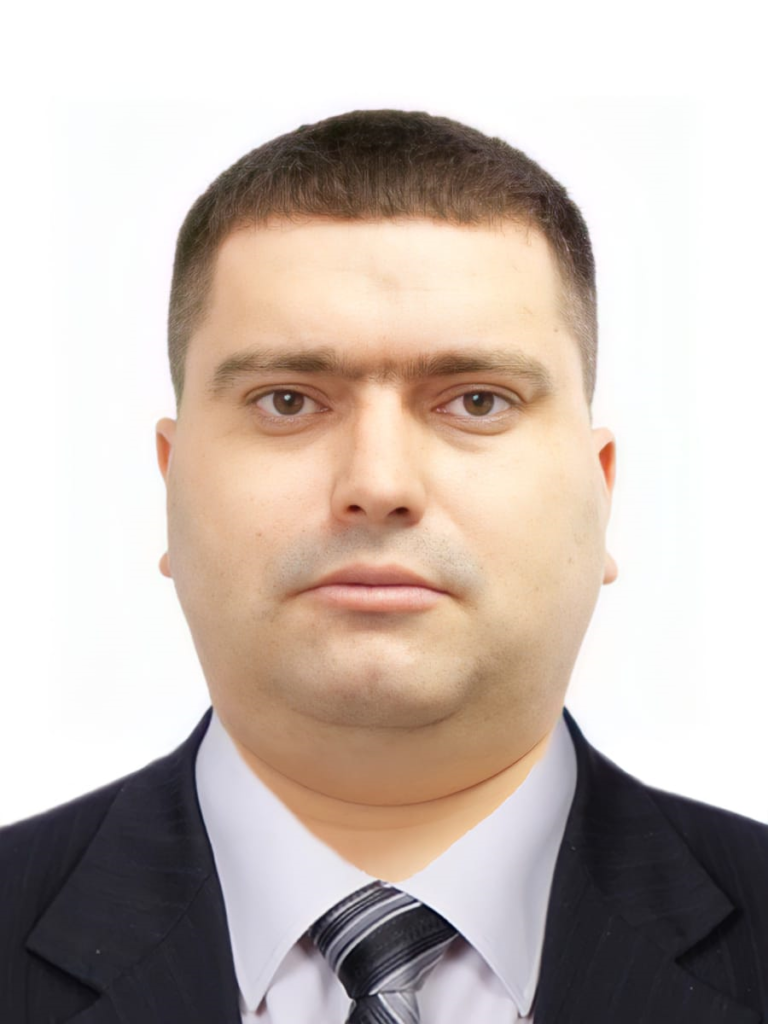Vestnik КRAUNC. Fiz.-Mat. Nauki. 2023. vol. 42. no. 1. P. 164-179. ISSN 2079-6641
MATHEMATICAL MODELING
https://doi.org/10.26117/2079-6641-2023-42-1-164-179
Research Article
Full text in Russian
MSC 26A33, 34C15
Fractional Mathematical Model McSherry
Kh. T. Alimov^1, F. Kh. Dzamikhova^2, R. I. Parovik^{*,1,3}
¹National University of Uzbekistan named after Mirzo Ulugbek, Uzbekistan, 100174, Tashkent, st. Universitetskaya, 4.
²Kabardino-Balkarian Scientific Center of the Russian Academy of Sciences, Russia, 360002, Nalchik, st. Balkarova, 2.
³Vitus Bering Kamchatka State University, Russia, 683032, Petropavlovsk-Kamchatsky, st. Pogranichnaya, 4.
Abstract. The article proposes a generalization of the McSherry mathematical model for modeling an artificial electrocardiogram — a time-varying signal that reflects the ion current that causes the heart fibers to contract and then relax. The generalization of the McSherry mathematical model consists in taking into account the property of heredity (memory) of the dynamic process, which can be described using fractional derivatives in the sense of Gerasimov-Caputo. The memory effect of a dynamic system determines the possibility of dependence of its states on the prehistory and may indicate the dissipative nature of the process under consideration. Further, using the theory of finite-difference schemes, an explicit finite-difference scheme of the first order of accuracy is constructed to find a numerical solution of the proposed model. With the help of the algorithm, the simulation results are visualized: oscillograms and phase trajectories are built for different values of the model parameters for a healthy person. The simulation results are interpreted. It is shown that the orders of fractional derivatives affect the dynamic modes of the considered fractional dynamical system. In the case of a commensurate fractional dynamical system, the limit cycle begins to collapse when the orders of the fractional derivatives are less than 0.5. In this case, the role of dissipation plays a significant role. In the case of an incommensurable fractional dynamical system, various regimes can arise from limit cycles to damped ones, and chaotic regimes are also possible. It was shown in the work that a chaotic regime arises at sufficiently large values of the angular velocity. The study of chaotic regimes deserves special attention and will be considered in the following articles. Also, the orders of fractional derivatives can be considered as additional degrees for the parameterization of ECG signals.
Key words: mathematical model, ECG, numerical analysis, derivative of the Gerasimov-Caputo type, oscillograms, phase trajectories
Received: 13.03.2023; Revised: 20.03.2023; Accepted: 21.03.2023; First online: 16.04.2023
For citation. Alimov Kh.T., Dzamikhova F. Kh. Parovik R. I. Fractional mathematical model McSherry. Vestnik KRAUNC. Fiz.-mat. nauki. 2023, 42: 1, 164-179. EDN: BSUNVQ . https://doi.org/10.26117/2079-6641-2023-42-1-164-179.
Funding. Financial support was provided within the framework of the grant of the President of the Russian Federation,
No. MD-758.2022.1.1
Competing interests. There are no conflicts of interest regarding authorship and publication.
Contribution and Responsibility. All authors contributed to this article. Authors are solely responsible for providing
the final version of the article in print. The final version of the manuscript was approved by all authors.
^*Correspondence: E-mail: romanparovik@gmail.com
The content is published under the terms of the Creative Commons Attribution 4.0 International License
© Alimov Kh. T., Dzamikhova F. Kh., Parovik R. I., 2023
© Institute of Cosmophysical Research and Radio Wave Propagation, 2023 (original layout, design, compilation)
References
- Davey P. A new physiological method for heart rate correction of the QT interval, Heart, 1999, 82, 2, 183-186
- Schwartz P. J., Wolf S. QT interval prolongation as predictor of sudden death in patients with myocardial infarction, Circulation, 1978, 57, 6, 1074-1077.
- McSharry P. E., Clifford G. D., Tarassenko L., Smith L. A. A dynamical model for generating synthetic electrocardiogram signals, IEEE transactions on biomedical engineering, 2003, 50, 3, 289-294.
- Martsenyuk V. P., Sarabun R. O. Issledovaniye nelineynoy dinamiki v modelyakh MakSherri na osnove eksponent Lyapunova, Vestnik Voronezhskogo gosudarstvennogo universiteta. Seriya: Sistemnyy analiz i informatsionnyye tekhnologii, 2014, 2, 57-61,(In Russian).
- Oldham K., Spanier J. The Fractional Calculus. Theory and Applications of Differentiation and Integration to Arbitrary Order, Academic Press, London, 1974, 240.
- Miller K., Ross B. An Introduction to the Fractional Calculus and Fractional Differntial Equations, A Wiley-Interscience Publication, New York, 1993, 384.
- Nahushev A. M. Drobnoe ischislenie i ego primenenie [Fractional calculus and its application]. Moscow, Fizmatlit, 2003, 272, (In Russian).
- Kilbas A. A., Srivastava H. M., Trujillo J. J. Theory and Applications of Fractional Differential Equations, 204, Elsevier, Amsterdam, 2006, 523.
- Pskhu A. V., Rekhviashvili S. S. Analysis of forced oscillations of a fractional oscillator, Technical Physics Letters. 2018, 44, 1218-1221.
- Parovik R. I. Quality factor of forced oscillations of a linear fractional oscillator, Technical Physics, 2020, 65:7, 1015-1019.
- Volterra V. Functional theory, integral and integro-differential equations. New York, USA, Dover Publications, 2005, 288.
- Uchajkin V. V. Metod drobnyh proizvodnyh [Fractional derivative method]. Ulyanovsk, Artichoke, 2008, 510, (In Russian).
- Parovik R.I. Fractal parametric oscillator as a model of a nonlinear oscillation system in natural mediums, Int. J. Communications, Network and System Sciences, 2013, 6:3, 134-138.
- Parovik R.I. On a finite-difference scheme for an hereditary oscillatory equation, Journal of Mathematical Sciences. 2021, 253:4, 547-557.
- Parovik R.I. Mathematical models of oscillators with memory, Oscillators – Recent Developments, Edited by Patrice Salzenstein. London, 2019, 3-21.
- Tavazoei M. S. Haeri, M. Chaotic attractors in incommensurate fractional order systems, Physica D: Nonlinear Phenomena, 2008, 237, 2628–2637.
- Ortigueira M. D., Valerio D., Machado J. T. Variable order fractional systems, Communications in Nonlinear Science and Numerical Simulation, 2019, 71, 231–243.
- Tverdyi D. A., Parovik R. I. Investigation of Finite-Difference Schemes for the Numerical Solution of a Fractional Nonlinear Equation, Fractal and Fractional, 2022, 6(1), 23, 1–27.
Information about authors

Alimov Khairiddin Tukhtamurodovich – undergraduate student of the National University of Uzbekistan named after Mirzo Ulugbek, Tashkent, Uzbekistan https://orcid.org/0009-0005-0816-918X.

Dzamikhova Fatimat Khasenovna – post-graduate student of the Kabardino-Balkarian Scientific Center of the Russian Academy of Sciences, Nalchik, Russia https://orcid.org/0000-0002-5977-4479.

Parovik Roman Ivanovich – D. Sci. (Phys. & Math.), Associate Professor, Head of the International Integrative Laboratory of Extreme Phenomena of Kamchatka, Vitus Bering Kamchatka State University, Petropavlovsk-Kamchatsky, Russia,
https://orcid.org/0000-0002-1576-1860.

